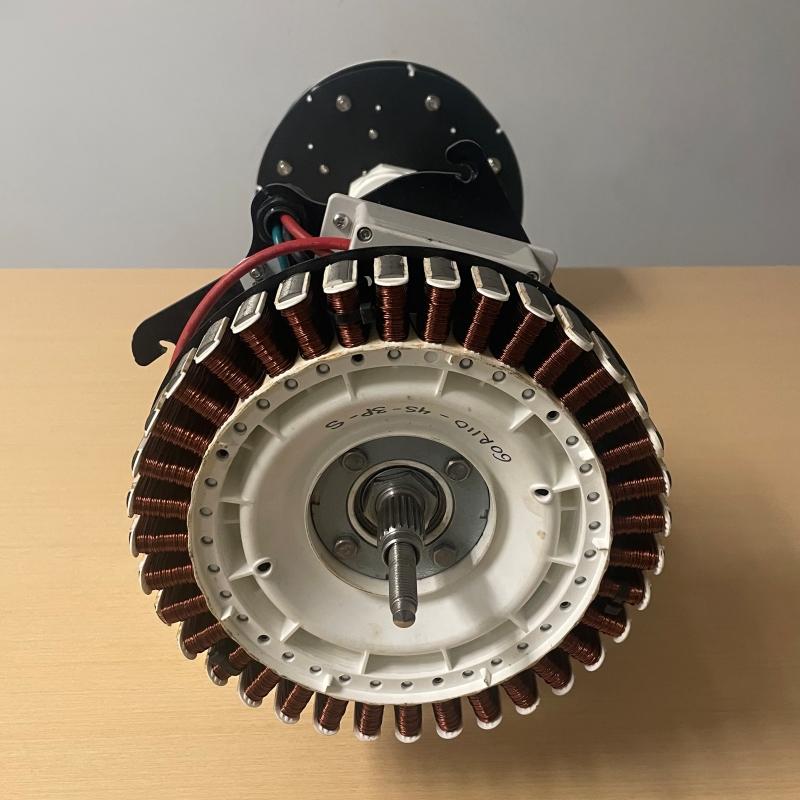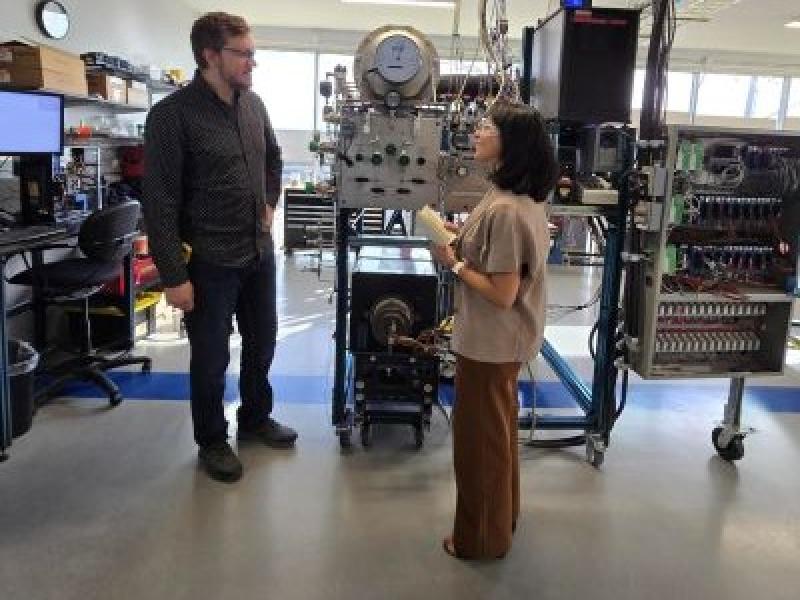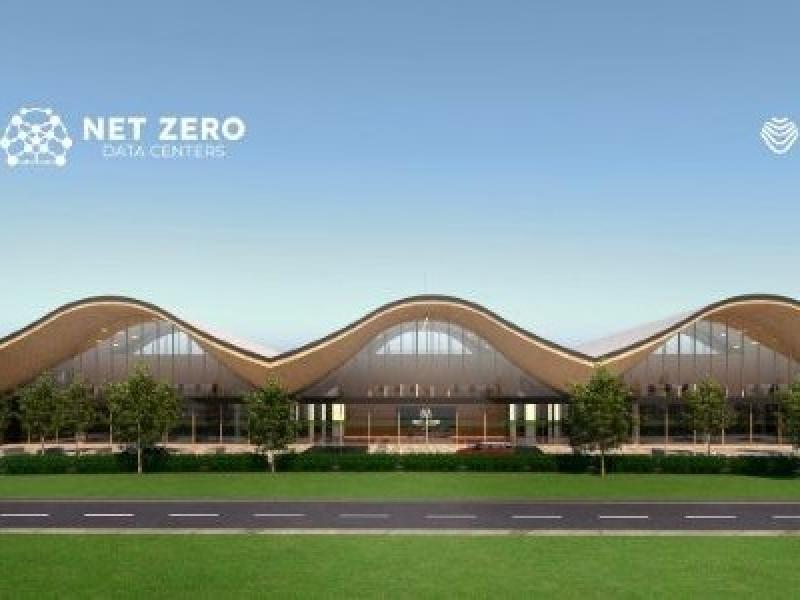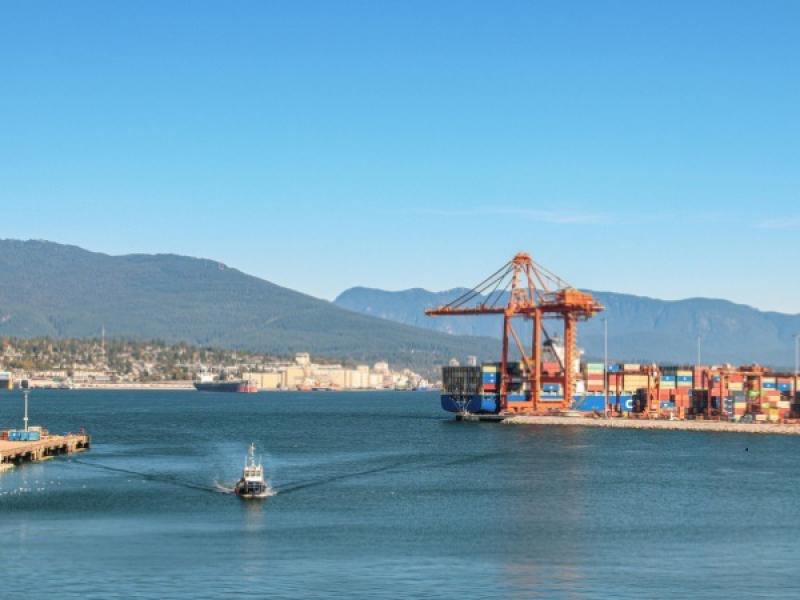
Andrew Murray was doing what a lot of folks did during COVID — taking regular hikes — when something piqued his interest.
During a stroll with his father in P.E.I., “we were noticing a huge number of small dam sites” located near old timber, grist or saw mills.
This gave him the notion to rehabilitate these sites by using the flowing river water to produce electricity.
“The idea was could we take generators off-the-shelf, install them, and become an independent Canadian clean energy generator,” Murray, chief executive officer of Aslan Renewables, told Sustainable Biz Canada in an interview.
In 2020, Murray started the company which now produces energy via small turbines placed into rivers around decommissioned dams.
“I went to the government in P.E.I. and we received power-purchase agreements, and that worked at a really tiny scale,” Murray said.
But today, the company is looking to grow. To help achieve this goal, Aslan recently received a $1.25 million pre-seed round of funding from Singapore-based tech fund Antares Ventures, along with the MaRS Investment Accelerator Fund (IAF) and the UCeed Energy Fund at the University of Calgary. It will enable the firm to deploy its first permanent location, he said, which is currently under construction.
Advantages of Aslan's tech
What makes Aslan’s technology unique is its quick and easy setup, according to Murray.
“As soon as we have a site, we can drop this thing in, and it’s entirely modular. It can go down to a single turbine — which would be about 40 kilowatts — up to 10 or 12 turbines in that same sea container, which would get you up to about four megawatts.”
The approximately 250-kilogram turbines are placed inside the sea containers, which are approximately 20 feet long, and they provide base load power.
“Think about it as like a prefabricated home. It lands on site and is bolted up in a couple days and all of a sudden, it’s able to power local communities,” Murray said.
But Aslan is thinking big, as there are estimated to be over 60,000 sites across Canada that could have turbines installed.
Unlike when installing a traditional dam for power production, Aslan’s modular technology offers a “one-size-fits-all, prefabricated unit with almost zero ecological impact,” Murray said. “We come in, activate these stations in one to two days. Fastest in the world, I think, with no concrete, no excavation and never draining down reservoirs.”
“This is a hydro power plant with IKEA instructions,” he said.
Aslan's plan to meet its goal

In order to fulfill is goal of 100 installations by the end of 2026, Aslan has partnered with Fisheries and Oceans Canada, provincial environment departments and First Nations communities, as well as groups like Ducks Unlimited and other watershed organizations, according to Murray.
By powering the “fully autonomous” units with artificial intelligence (AI), Aslan is also providing those organizations with valuable data.
“Every single one of these stations gathers a ton of environmental data, everything from pH to temperature to dissolved oxygen,” Murray said.
It also has the capability to shut down and power back on later, if for example, a fish migration is set to happen, he said.
“These stations will also measure the reservoir, the feed pond or the river water level. That is a major AI component that’s built into hydro power generation for the first time, I think, in Canada.”
The goal is to revitalize 10,000 station sites within five or six years. But first, Aslan is running two pilot projects: one in Scales Pond in P.E.I., and at another site in Ontario that Murray declined to name due to the community’s wish to make its own announcement first.
While its initial business model is to connect with provincial power producers, eventually other companies can also purchase one of the units.
Benefit to customers
The cost savings for customers is “immense,” he said.
“An Aslan dam can be powered up and start generating power for about $115,000 versus building a run-of-river station or a traditional hydro station, which is going to range anywhere from a minimum of $2 million up to, as we’ve seen with Muskrat Falls or Site C, you can easily get into the multi-billions.”
The technology is also designed to cope with the Canadian climate, Murray said. “Because water is always moving through this, we’re able to dodge some of those issues without doing things like major insulation or other measures.”
As befitting its name, Aslan hopes to resurrect older facilities, much the same as the fictional character in C.S. Lewis’ The Chronicles of Narnia who comes back from the dead.
“I think that’s what Aslan represents. It’s a reactivation of these sites that were extremely important to our history. These are the sites that defined communities, defined industry. The reason why they’re still maintained by our government is because they were so important to our communities that we built up around them, and you cannot take them down.”
“I think there’s something truly beautiful of bringing hyper-important cultural Canadian sites back into the grid as major participants in our clean-energy future,” he said.










